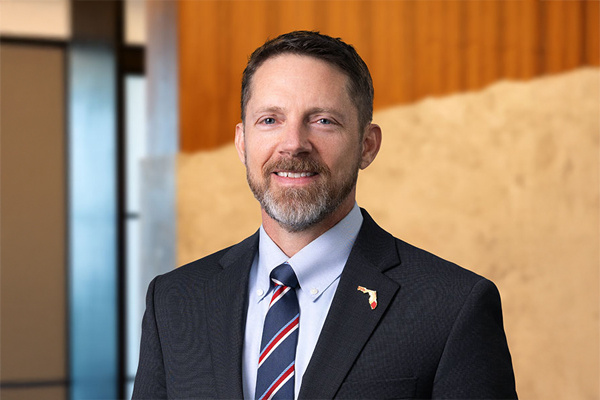Article
Another U.S. Supreme Court Decision Strikes Down a Waters of the United States Rule
Published: Jun 6, 2023

The United States Supreme Court released in May an opinion in Sackett v. EPA (styled Sackett II), in which the Court unanimously held that the Environmental Protection Agency (EPA) overstepped its jurisdiction in classifying wetlands on the Sackett property as “waters of the United States” (WOTUS).
In short, the Court’s opinion significantly limits the jurisdictional reach over “waters of the United States” under the Clean Water Act (CWA) and ended the use of the “significant nexus” test to determine whether a wetland is subject to federal jurisdiction.
Sackett II
The specific facts in this case concerned homeowners who had purchased a lot near Priest Lake in Idaho and began backfilling their property with dirt and rocks. Months later, they received a notification from the EPA that they were in violation of the Clean Water Act, “because their property contained protected wetlands.”
The EPA claimed the wetlands on their lot were “adjacent to” an “unnamed tributary” on the other side of a 30-foot road and that the tributary feeds into a non-navigable creek, which then flows into a navigable lake. As a result, the EPA concluded the homeowners were illegally dumping into “the waters of the United States.”
In Sackett II, a five vote majority established a two prong test that must be satisfied to exercise federal authority over the wetland. The Court stated:
“In sum, we hold that the CWA extends to only those wetlands that are “as a practical matter indistinguishable from waters of the United States.” This requires the party asserting jurisdiction over adjacent wetlands to establish “first, that the adjacent [body of water constitutes]… ‘water[s] of the United States,’ (i.e., a relatively permanent body of water connected to traditional interstate navigable waters); and second, that the wetland has a continuous surface connection with that water, making it difficult to determine where the ‘water’ ends and the ‘wetland’ begins.”
What does this mean for Florida wetlands?
The CWA preserves, and this ruling confirms, state primacy over water. Florida’s state law has an expansive definition of wetlands and, as a result, only federal wetland protection has been modified. Not a single wetland in Florida loses all protection because of the Sackett II decision.
What happens to Florida’s 404 wetland program?
Florida’s 404 wetland permitting program delegated by EPA to the Florida Department of Environmental Protection (FDEP) will probably not change in the short or medium term. FDEP adopted the federal Navigable Waters Protection Rule (NWPR) for determining what is a federal jurisdictional wetland under the 404 permitting program as NWPR was the wetlands rule in effect at the time the program was delegated to Florida.
Federal law allows states twelve months from the time the EPA promulgates a new wetland rule to adopt that rule for states with a delegated 404 program. FDEP’s obligation to follow that law spared Florida’s regulated community the whiplash of changes to the interpretation of jurisdictional wetlands triggered by EPA’s decision to disregard NWPR and promulgate a new set of wetland rules drafted by the Biden administration. Sackett II should cause EPA to propose new wetland rules with the Sackett II restriction or seek authority from Congress to regulate additional wetlands. In the meantime, FDEP should continue to use NWPR in the Florida 404 program until a new rule is promulgated by EPA.
FDEP will continue to regulate wetlands under state law and the delegated federal 404 permitting program. EPA announced that it intends to interpret the phrase waters of the United States “consistent with the Supreme Court’s decision in Sackett.” FDEP and the entire State of Florida surely look forward to what that means.

